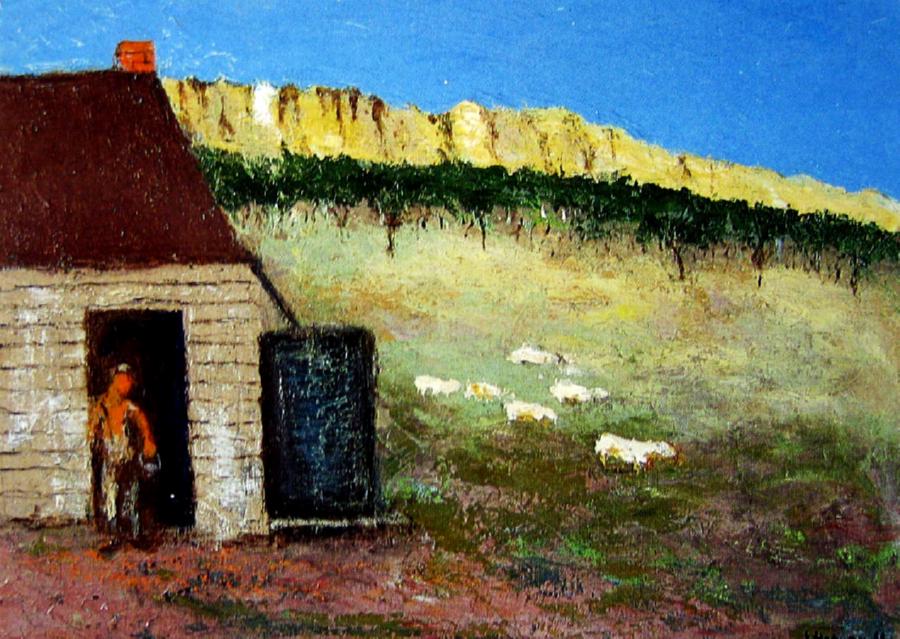The expansion of the New South Wales railway network led to the NSW Government publishing the The Railway Guide of New South Wales: for the use of Tourists, Excursionists, and Others in 1879. Further network expansion led to an updated illustrated edition in 1884. Below we read the first entry on the partially opened section of the Wallerawang to Mudgee branch line. At the time of writing the end of the line was at Capertee.
Extension, Wallerawang to Mudgee
There is now in progress an extension from Wallerawang to Mudgee, a distance of about 85 miles. In May, 1882, a section of this line from Wallerawang to Capertee, a distance of 22 miles, was opened for traffic. The line passes through very rough country, the scenery resembling that passed between Mt. Victoria and Emu Plains, and in the vicinity of Capertee are some views that are unsupassed by the most noted on the Blue Mountains. Of the views near Capertee may be mentioned the Crown Ridge, a lofty and rocky mountain, from which a magnificent view is obtained; the Gorge, the rocks here resembling the rocks at the entrance to Port Jackson; and the Capertee Caves, interesting on account of the many impressions, apparently made by human hands, on the sides and walls. A great deal of traffic now passes through Capertee, making it a busy place. The station lies on the border of the extensive mining area embracing Gulgong, Mudgee, Cudgegong, Windeyer, Hargraves, Sofala, &c., and goods are received for these places. In other parts agriculture is carried on, and there is also forwarded from Capertee a considerable amount of pastoral produce and live stock. The extension to Mudgee is being pushed forward with all speed, and the opening is to take place on the 30th June 1884. With the extension of the line beyond Capertee this station will lose much of its present importance. Between Wallerawang and Capertee are some extensive lime quarries, and in the district splendid seams of coal exist, which however are not at present worked. Capertee contains three hotels.
 |
| Original kerosene mine, Hartly Vale from The Railway Guide to NSW (1884) |
Extension, Wallerawang to Mudgee
There is now in progress an extension from Wallerawang to Mudgee, a distance of about 85 miles. In May, 1882, a section of this line from Wallerawang to Capertee, a distance of 22 miles, was opened for traffic. The line passes through very rough country, the scenery resembling that passed between Mt. Victoria and Emu Plains, and in the vicinity of Capertee are some views that are unsupassed by the most noted on the Blue Mountains. Of the views near Capertee may be mentioned the Crown Ridge, a lofty and rocky mountain, from which a magnificent view is obtained; the Gorge, the rocks here resembling the rocks at the entrance to Port Jackson; and the Capertee Caves, interesting on account of the many impressions, apparently made by human hands, on the sides and walls. A great deal of traffic now passes through Capertee, making it a busy place. The station lies on the border of the extensive mining area embracing Gulgong, Mudgee, Cudgegong, Windeyer, Hargraves, Sofala, &c., and goods are received for these places. In other parts agriculture is carried on, and there is also forwarded from Capertee a considerable amount of pastoral produce and live stock. The extension to Mudgee is being pushed forward with all speed, and the opening is to take place on the 30th June 1884. With the extension of the line beyond Capertee this station will lose much of its present importance. Between Wallerawang and Capertee are some extensive lime quarries, and in the district splendid seams of coal exist, which however are not at present worked. Capertee contains three hotels.






.jpg)
















